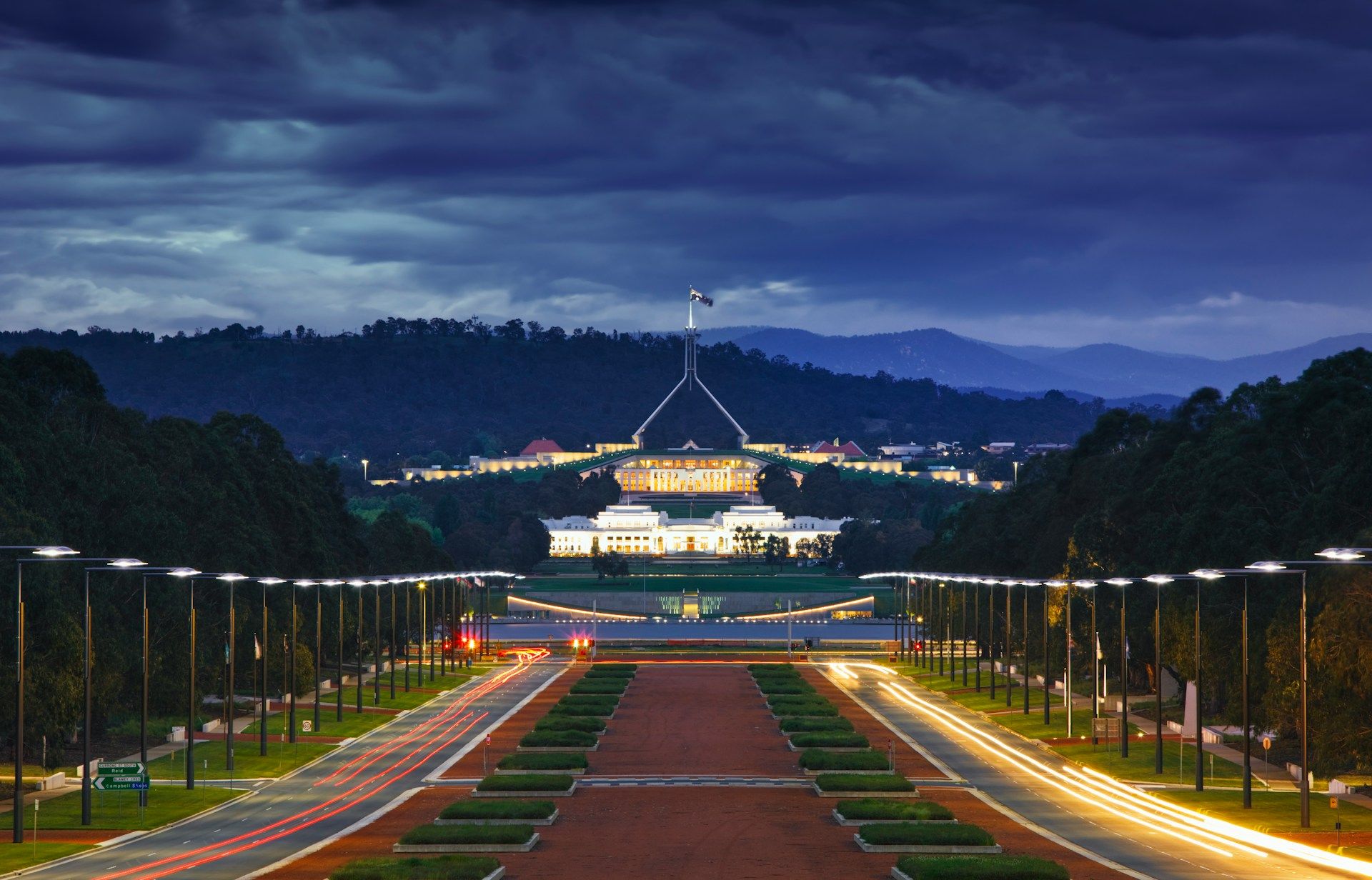Question: What do you get when you bring together Australian policy maker, changemakers and scientists?
Science meets parliament of course.
If you haven’t heard of this it’s an annual gathering of STEM leaders and policymakers organised by Science and Technology Australia, aimed to inform, raise awareness and bring to the forefront some of the most exciting research impacts of the time.
I had the privilege to attend the 24th Science Meets Parliament on 20-21 March in person at Australian Parliament House as a CSIRO delegate. This year saw its largest turnout yet, with over 360 delegates. Notably, 60% of the delegates were women, more than 50% were ECRs, and 3.5% identified as First Nations.
The two-day event featured talks and panels from esteemed scientists, parliamentarians, and changemakers including Minister for Industry and Science Ed Husic, Shadow Minister for Science Paul Fletcher, Australia’s Chief Scientist Dr Cathy Foley, and our very own Chief Executive Professor Doug Hilton. Discussions covered key topics such as the importance of impactful science communication in policy and how science holds the solution to pressing challenges facing both Australia and the world, particularly around global ‘one health’ and climate change.

Through this event's 'Meet a Parliamentarian', I had the opportunity to speak with the Hon Dr Andrew Leigh MP, Assistant Minister for Competition, Charities and Treasury, and Assistant Minister for Employment, putting into immediate practice the lessons learned about effectively presenting and engaging with policymakers just the day before.
STA President Sharath Sriram also gave a compelling National Press Club address, urging universities, research institutes, businesses, and government to work together to foster an innovation-driven economy for Australia.
He also cautioned against repeating past mistakes and stressed the need for Australia to diversify its economy and boost investment in R&D else Australia and Australians will be poorer for it.
Ambassador Caroline Kennedy closed the event by highlighting the need for continued research collaborations between Australia and the United States to solve the challenges of global health, peace and security, and climate change, particularly amidst the current turbulent geopolitical landscape. Indeed, this resonated personally as I realise my work would be impossible without inputs from our multiple partners including Amazon Web Services, the UKBiobank, and many others.

Overall, this experience was invaluable for me as an EMCR STEM researcher and would recommend it to other scientists wanting to improve their skills in pitching and in understanding the culture of government in Australia. Additionally, it offered a platform to connect with and meet passionate and inspiring peers from across Australia doing incredible research and creating significant impact.


